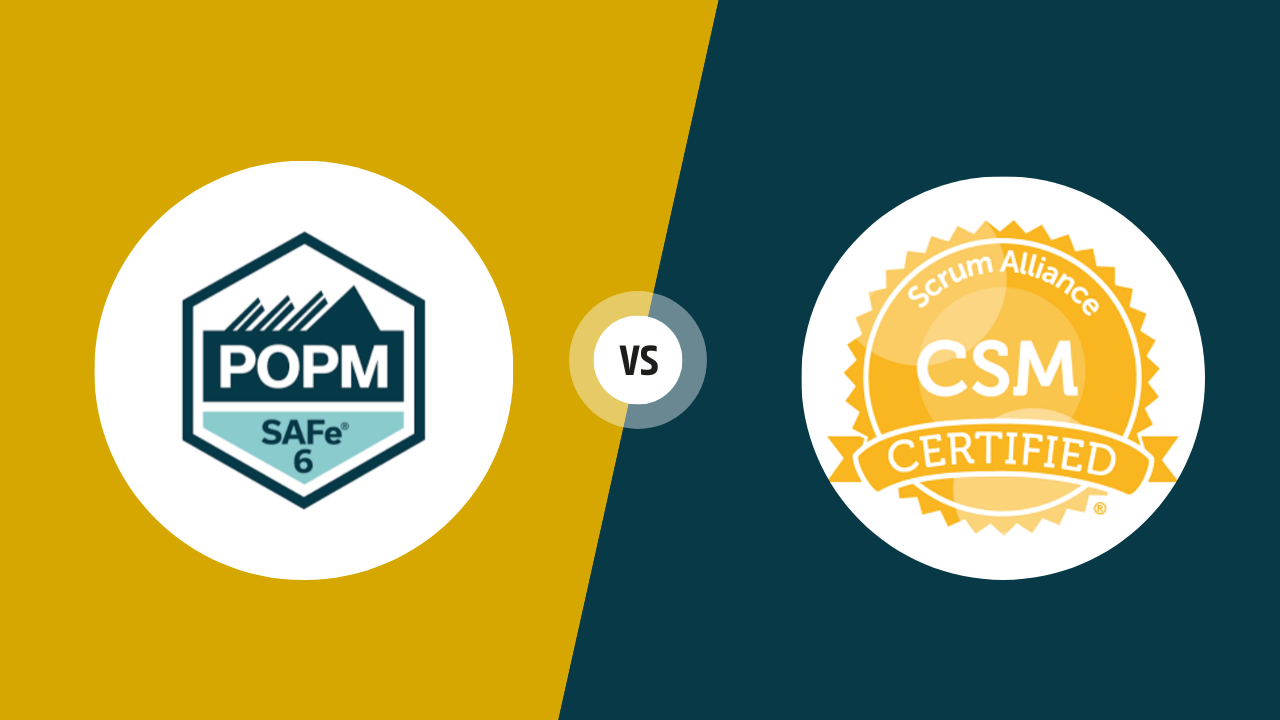Agile frameworks have transformed how teams manage projects in today’s fast-paced, tech-driven world. What started as a set of practices for software development has grown into a powerful approach that’s reshaping how businesses across various industries operate. From marketing and finance to operations and product development, Agile has become a cornerstone of efficiency and adaptability.
At the heart of Agile are a few key principles: continuous improvement, customer focus, cross-functional collaboration, and the ability to respond to change. These aren’t just buzzwords; they’re qualities that modern teams are expected to embody every day.
Agile Roles
The most in-demand roles in Agile teams today include the ScrumMaster, Product Owner, and Development Team Members. These roles represent core responsibilities that drive successful project delivery in dynamic environments.
To support professionals in mastering these roles, Scrum Alliance, a globally recognized leader in Agile education and its accredited institutions, offers certifications like Certified ScrumMaster (CSM) and Professional Product Owner (POPM). These credentials help you build a strong foundation in the Scrum framework and validate your ability to lead Agile teams, manage product backlogs, and deliver value.
CSM Certification: Key Considerations
The CSM certification, an entry-level certification, is designed for individuals who want to understand the Scrum framework, its roles, events, artifacts, and how to apply them in real-world settings.
Key features of the CSM certification include:
- The certification is designed for entry to mid-level professionals who are interested in mastering the Scrum Framework, upskilling, and delivering more value.
- This certification features a 2-day training that must be provided by a certified trainer.
- After completing the training, you must take the MCQ exam. The certification is provided only to those who score above the qualifying score of 74%.
- The certifications include a 2-year Scrum Alliance membership with access to events, resources, and forums.
- The certification is globally recognized and highly valued in the software, IT services, product development, and consultancy sectors.
- It provides career development, enhances soft skills, and boosts team effectiveness.
Learning Objectives under CSM
The learning objectives of this certification are:
- The certification helps you understand the Agile Framework and how Scrum fits into it.
- A CSM certification clearly outlines the roles and responsibilities of ScrumMaster, Product Owner, and Development Team.
- During these 2 days, you will learn how to facilitate Scrum events, including Sprint Planning, Daily Scrum, Sprint Review, and Retrospective.
- You will be able to identify and resolve any hindrances that limit the team from performing at their fullest potential.
- Another essential learning objective of the CSM certification is to learn techniques to coach and mentor Agile teams.
- Post completion, you will understand how to build high-performing, self-organizing teams using servant leadership.
POPM Certification: Key Considerations
The Product Owner/Product Manager (POPM) certification is ideal for professionals involved in product management and ownership roles within organizations that are adopting or scaling Agile using SAFe. It helps participants understand how to deliver value through Agile Release Trains (ARTs) and align business strategy with execution.
The key features of the POPM certification are:
- The certification is best suited for professionals in mid-to-senior-level roles who are responsible for defining product vision, managing backlogs, or prioritizing features in large Agile setups.
- It requires a 2-day classroom or virtual training delivered by a Certified SAFe Program Consultant (SPC).
- After completing the course, you are eligible to take the certification exam, which includes 45 multiple-choice questions.
- The certification includes a one-year membership to the Scaled Agile Community Platform, which offers access to learning tools, templates, and events.
- It equips professionals with skills to bridge the gap between product strategy and Agile team execution, making them valuable contributors in scaled Agile initiatives.
Learning Objectives under POPM
The learning objectives of the POPM certification are:
- It helps you understand the SAFe Agile Framework and the specific roles of Product Owner and Product Manager within a SAFe organization.
- You will learn how to connect enterprise strategy to Agile execution through the effective use of Epics, Capabilities, Features, and Stories, an area also covered in the .
- The certification teaches you how to prepare and participate in Program Increment (PI) Planning, a key element in the SAFe delivery cycle.
- Another key objective is to learn how to collaborate effectively with stakeholders, system architects, and Agile teams across the release train.
- Post completion, you’ll be equipped to deliver continuous value by managing the full product lifecycle within a scaled Agile setup.
The Bottom Line
Both CSM and POPM certifications offer valuable pathways for professionals looking to deepen their understanding of Agile practices and grow in their careers. While CSM equips you with the tools to facilitate and support Agile teams using Scrum, POPM is ideal for those driving product strategy and execution in scaled Agile environments.
Remember to choose an authorized certification provider, analyze their teaching methodologies, and choose a course that can help you evolve.
Your choice depends on your current role, the framework your organization follows, and your long-term career goals. Either way, acquiring the right certification can strengthen your Agile mindset, enhance team collaboration, and open up exciting new opportunities in today’s dynamic work environment.



